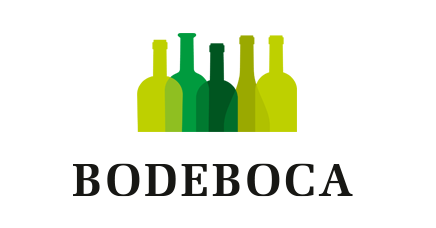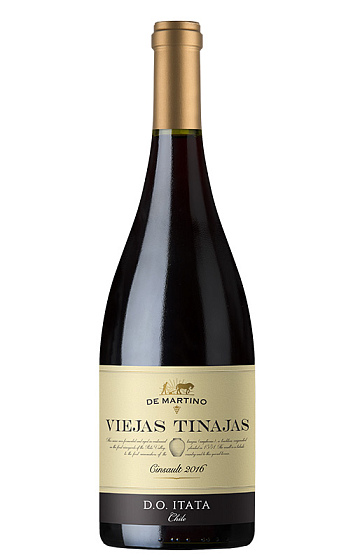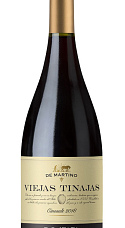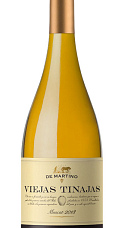De Martino Viejas Tinajas 2016
Fiche technique
L'avis des experts
There is one more red Cinsault, the 2016 Cinsault Viejas Tinajas, also labeled as Itata since the change of legislation in 2015. This has moderate alcohol (12.1%) and is from the same vineyard that produced the Gallardía de Itata Cinsault. The destemmed but uncrushed grapes underwent a natural carbonic maceration in amphorae without any added products (yeasts or sulfur). The wine spent the winter in those amphorae, and after malolactic, in the spring it was bottled unfiltered, again without any added sulfur. The nose is incredibly clean and focused, fresh and with a mixture of wild berries and herbs, flowers too. The palate is light and fresh, with unnoticeable tannins but with the textured mouthfeel provided by the granite with great grip. This is the best version of this wine since the initial 2011 vintage. The amphorae seem to behave better, as they were abandoned in the fields and in the first years they lent an earthy feeling to the wines, as I also see with the new amphorae. 13,829 bottles were filled in October 2016.
A red with bright fruit and lots of watermelon and lemon aromas and flavors. Light body. Crisp finish. Fun and intriguing. Drink now.








Nos membres n’ont pas encore laissé de commentaires pour ce millésime. Cliquez sur les millésimes précédents pour accéder aux commentaires.